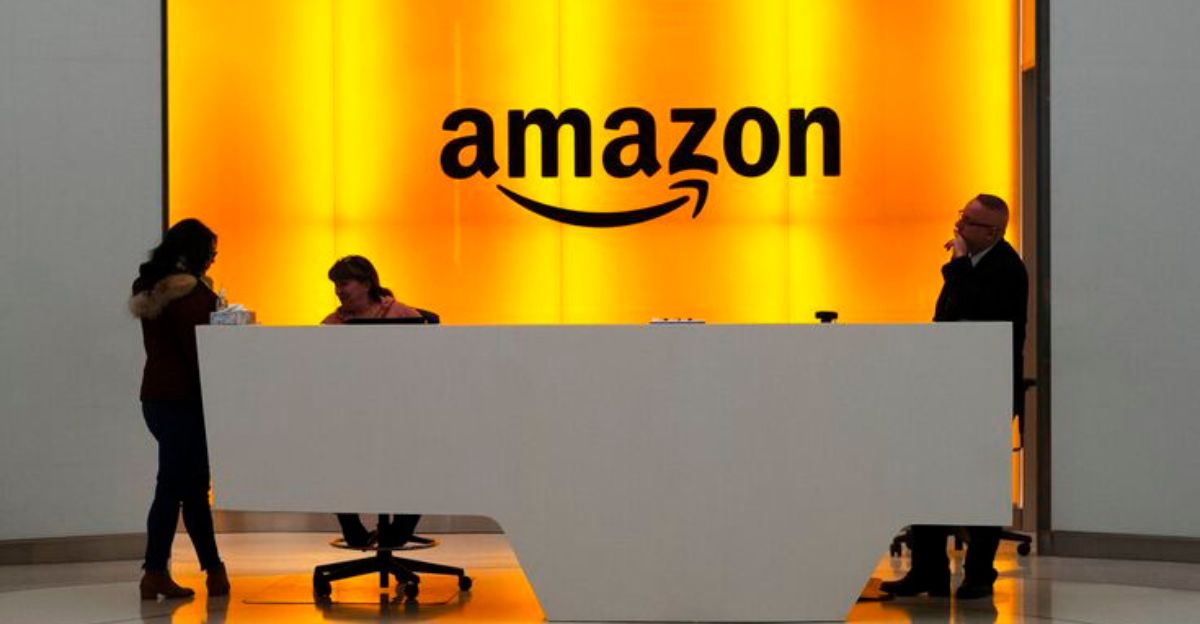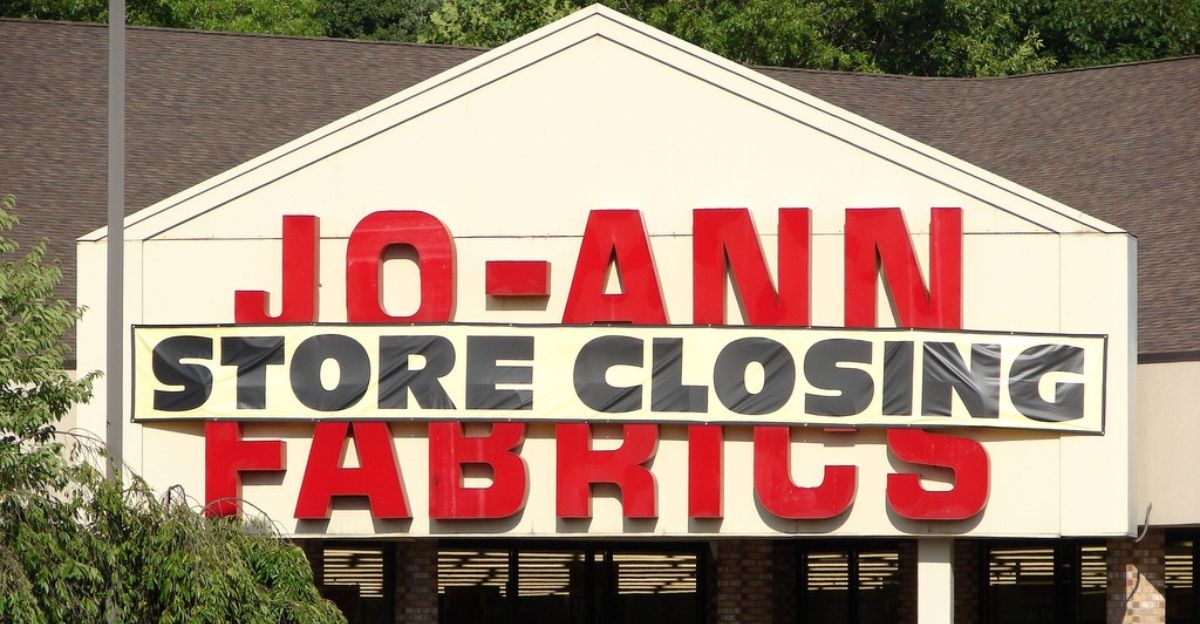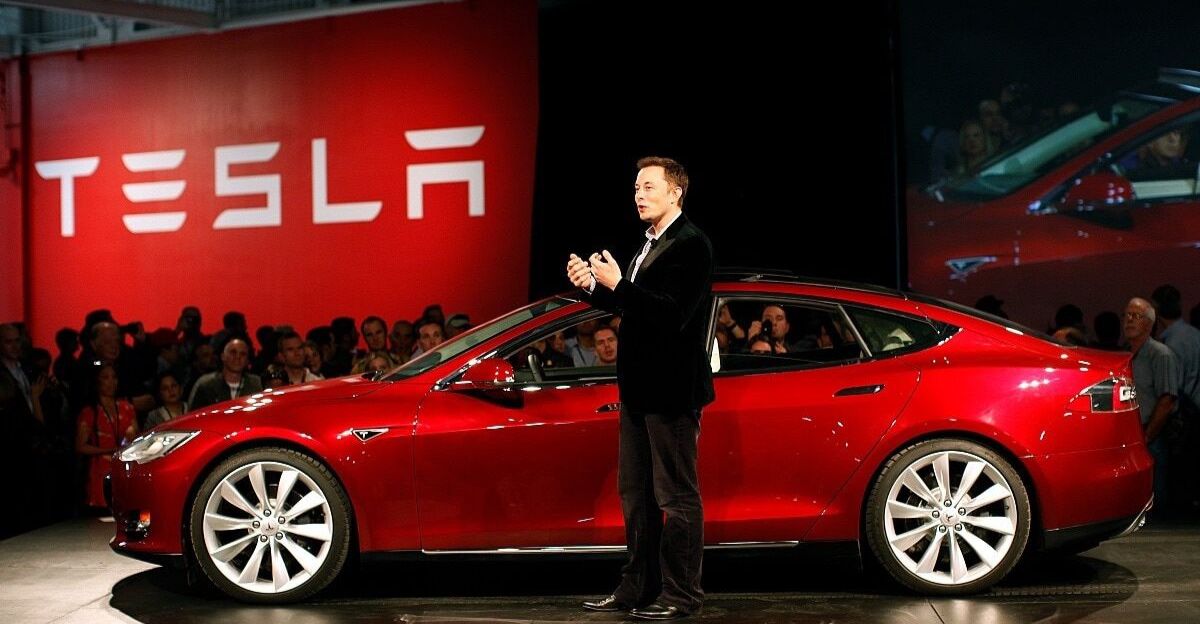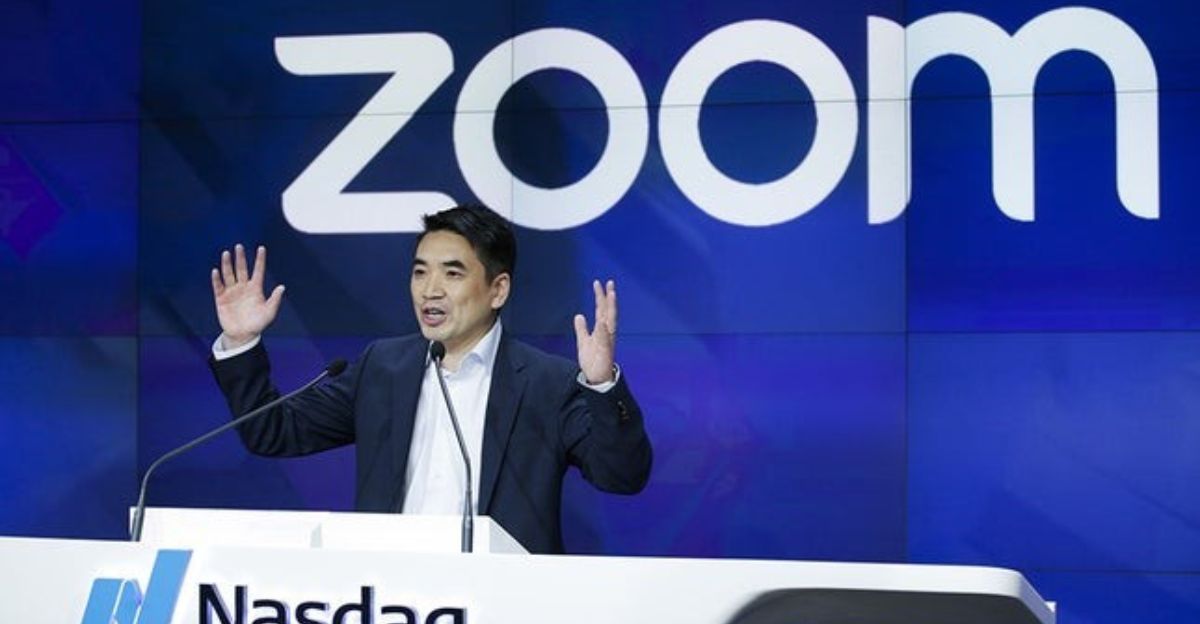
In 2024 and continuing into 2025, the U.S. is witnessing an unprecedented wave of mass layoffs across major employers, particularly in the retail and technology sectors. Giants like Amazon, Google, Tesla, Microsoft, Joann Fabrics, and Estée Lauder are cutting tens of thousands of jobs amid economic uncertainty and structural shifts.
Over 150,000 tech jobs were cut in 2024 alone, with layoffs extending into retail, where job cuts surged by nearly 300% early in 2025. This article explores the causes behind these layoffs, their impact on workers, and what it means for consumers navigating a changing marketplace.
The Tech Sector’s Layoff Surge – Causes and Key Players

Tech companies have led the layoff surge, with Amazon, Google, Microsoft, and Tesla cutting over 280,000 jobs across 2024 and 2025. Drivers include economic headwinds, slower revenue growth, and a strategic pivot toward AI and automation, which are reshaping workforce needs.
Microsoft alone cut 6,000 jobs in early 2025, while Google and Amazon continue trimming roles to streamline operations. These cuts reflect a broader industry recalibration amid uncertain markets and technological disruption.
Amazon’s Workforce Reduction Strategy

Amazon has executed multiple rounds of layoffs totaling over 30,000 jobs since 2023. The company is restructuring to eliminate unnecessary organizational layers and align teams with evolving e-commerce demands.
Recent cuts targeted divisions like Devices and Services, including Alexa and Kindle teams, aiming to boost efficiency and focus on core product roadmaps. This reflects Amazon’s strategic shift to remain competitive amid changing consumer behaviors and increased automation.
Retail Sector Layoffs – Bankruptcy and Restructuring

Retail layoffs have surged due to bankruptcies and corporate restructuring. Joann Fabrics, Party City, and Big Lots faced bankruptcy-driven cuts, while Estée Lauder, CVS, and Walmart restructured to cut costs.
Retail job cuts increased by 296% in early 2025 compared to 2024, pressured by tariffs, inflation, and shifting consumer spending. These layoffs signal deep challenges in traditional retail, accelerating moves toward automation and online sales.
Tesla and Microsoft – Tech Layoffs Beyond E-commerce

Tesla cut over 14,000 jobs in 2024, about 10% of its workforce, under Elon Musk’s “Department of Government Efficiency” initiative. Microsoft, facing slower revenue growth, cut 6,000 jobs in 2025, focusing on reducing management layers and improving technical staff ratios.
Both companies continue innovating but are streamlining to maintain competitiveness amid economic and technological shifts.
Unexpected Intersections – AI and Automation’s Role

AI adoption is accelerating layoffs by automating roles traditionally held by humans, especially in tech and retail. Companies like Google, Microsoft, and Amazon are realigning workforces to focus on AI projects, reducing roles deemed redundant.
This trend challenges traditional employment models and may alter consumer experiences through increased service and product delivery automation.
Contrarian Viewpoints and Extreme Cases

Some argue that layoffs create leaner, more innovative companies that are better positioned for future growth. Zoom’s 15% workforce cut post-pandemic is an extreme example, enabling the company to pivot strategically despite short-term pain.
While layoffs impose immediate social costs, proponents suggest they can drive efficiency and innovation, fostering long-term resilience in a dynamic economy.
Historical Context – Comparing Past Layoff Waves

The 2024-2025 layoff wave ranks among the largest in recent history, surpassing many past recessions and tech downturns.
Unlike cyclical layoffs, this wave reflects structural economic shifts driven by AI integration, changing consumer habits, and global economic uncertainty. This context underscores the transformative nature of current workforce reductions.
Impact on the Consumer Experience and Market Dynamics

Workforce reductions affect product availability, pricing, and customer service quality. Retailers increasingly rely on online platforms and automation, potentially improving efficiency but reducing human interaction.
Supply chains may face disruptions, and the pace of innovation could accelerate or slow depending on company strategies. Consumers may see mixed effects: cost savings and less personalized service.
What This Means for Americans Today

Mass layoffs mean heightened unemployment risks and career uncertainty for American workers, especially in tech and retail. Displaced workers face the challenge of retraining for AI-driven roles.
For shoppers, the retail landscape is shifting- expect evolving service models, potential price fluctuations, and changing product availability. Policymakers and companies must focus on workforce support and adaptation strategies to mitigate social impacts and harness new economic opportunities.
Discover more trending stories and Follow us to keep inspiration flowing to your feed!

Craving more home and lifestyle inspiration? Hit Follow to keep the creativity flowing, and let us know your thoughts in the comments below!
